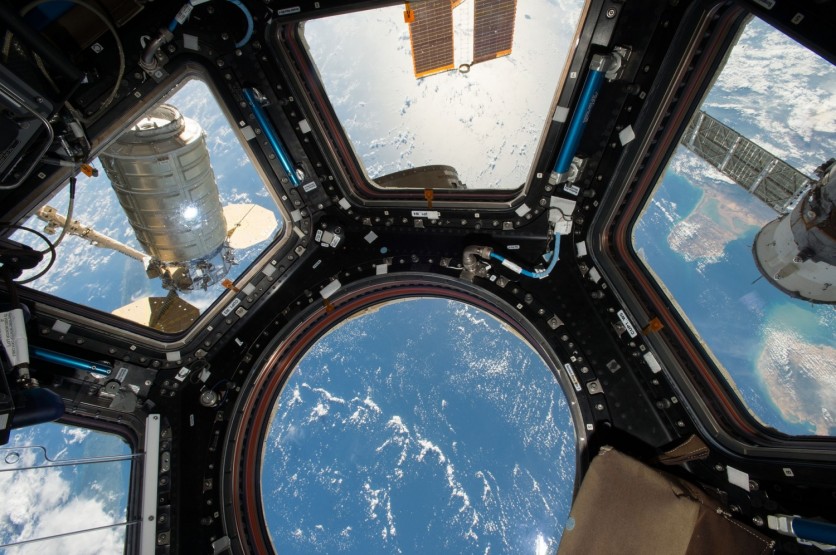
The moon will stun Earth sky watchers tonight (Apr. 7) with the biggest full moon of the year. Still, but later this week, people would see a very different view of our companion, in infrared light.
That view will come from the BepiColombo's mission, a joint project of the European Space Agency and the Japan Aerospace Exploration Agency. The assignment is initially allocated for a Mercury mission.
Hello, Goodbye!
At the time, BepiColombo could be making its first and last Earth flyby as it is heading towards its goal planet in the inner solar system on Apr. 10.
ESA said the spacecraft will come within just a couple of thousand kilometers [1,300 mi] of Earth's the outermost layer of the atmosphere, providing the viewers with the last chance to say hello - and goodbye.
People within the Southern Hemisphere could have the first-class view of the spacecraft - through telescopes - as it passes tremendously high in the sky. People from Florida and Texas might also see the BepiColobo with telescopic aid, crossing lower in the night sky.
After 20 years?
In a statement from the German Aerospace Center (DLR), University of Münster's planet geologist Harald Hiesinger said the time will finally come on Thursday, Apr. 9, after 20 years of intensive preparations.
"Our long wait might be over, and we will get hold of our first scientific information from space," said Hiesinger, who also the principal researcher for the instrument.
The device in question is Mercury Radiometer and Thermal Infrared Spectrometer (MERTIS), that's designed to help scientists understand Mercury's composition and mineralogy. But throughout the planetary flyby, MERTIS could be flawlessly poised to observe the moon without our planet's atmosphere taking in the way.
The result is a "one-of-a-kind possibility," Jörn Helbert, a planetary scientist at the DLR Institute of Planetary Research who is a co-investigator for MERTIS, said in the same statement.
The instrument will spend four hours studying the moon, from distances of 420,000 miles (680,000 kilometers) and 460,000 miles (740,000 km). That's not only that close - drawing almost twice the distance from Earth to the moon - but still really worth taking advantage of for the BepiColombo team.
ALSO READ: Chinese Space Mission Unveils How The Farside of The Moon Looks Like
Plain pragmatism?
Several other contraptions at the spacecraft can be collecting measurements at some stage in the planetary flyby to check and calibrate those devices before the spacecraft arrived at Mercury.
"This is also an excellent opportunity to test how well our instrument works and to gain experience in preparation for operations in Mercury orbit," Helbert said.
Dueling desolations: Mercury vs. Moon
And while there are more statistics about the moon compared to Mercury, scientists claim the two contraptions share some traits that may make the planetary flyby data useful.
Hiesinger said both moon and Mercury resemble one another mainly in its rocky, cratered surfaces.
"We will obtain new information on rock-forming minerals and the temperatures on the lunar surface and will later be able to compare the results with those acquired at Mercury," he added.
ⓒ 2025 TECHTIMES.com All rights reserved. Do not reproduce without permission.




